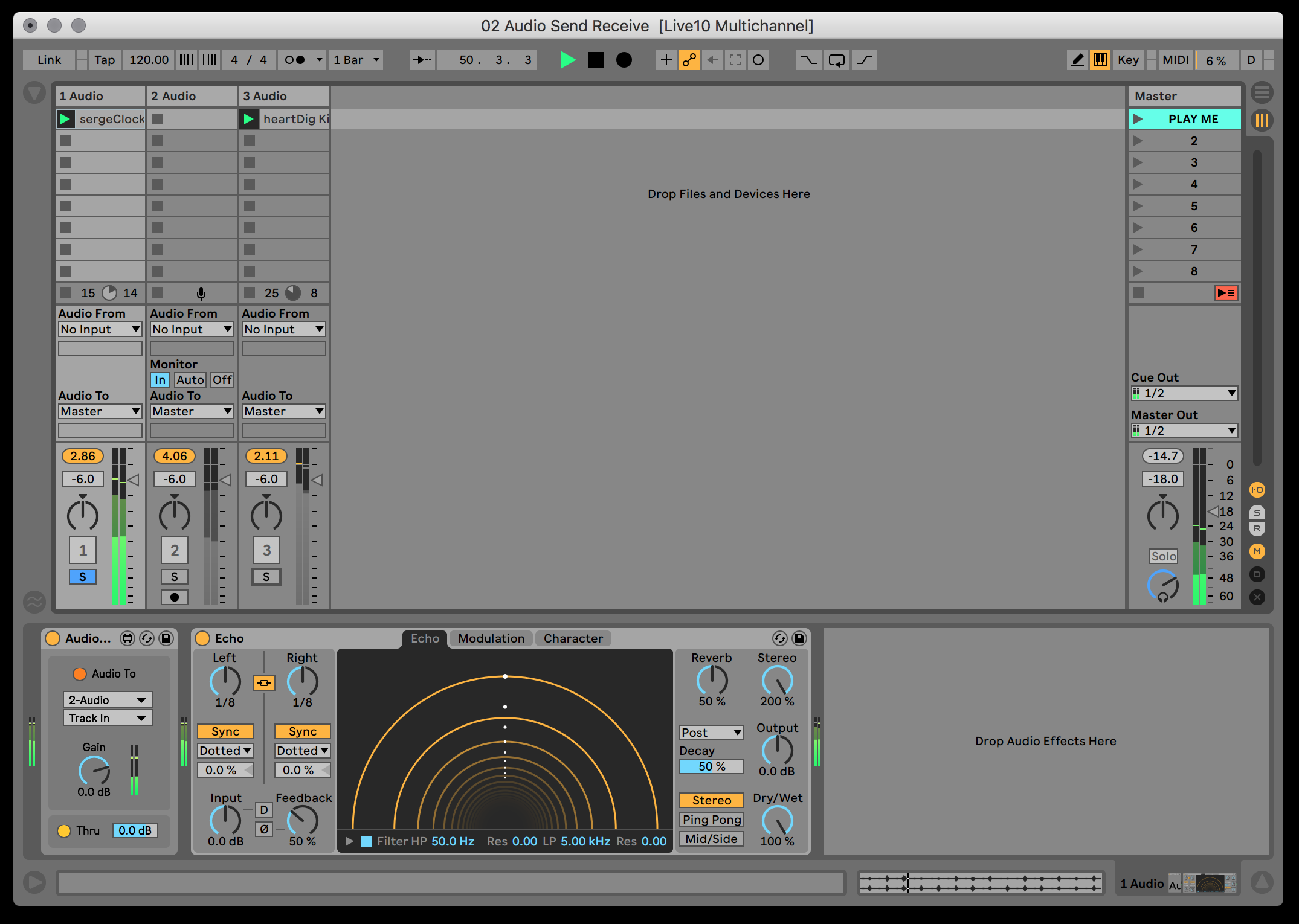

It’s really nice to have those effects available in the order you use them, every time. Think of this process like you would building a pedalboard. You can create an Effects Rack that houses all of your favorite effects and save that as a preset in your User Library, too. Maybe you have a few effects that you use together quite a bit. Do whatever makes most sense for your workflow.īuild and save an Effects Rack. But you may find it more helpful to organize by, for instance, the album you’re working on. It’s probably simplest to organize your folders by the instruments and effects they contain. If you find yourself creating the same kind of Simple Delay effect in projects, why not drag it to your custom folder so that you'll have it ready go whenever you create? This is a great way to save your own synth or effects presets. In Live, you can create a custom folder in your User Library (found all the way to the left under Places) where you can drag devices with your favorite settings. Now, whenever you create a new audio track, it will come loaded with your favorite saturation and compression configurations.īuild out your User Library. Simply right–click on the track title, and select Save as Default Track. If you like to use the same effects on your audio or MIDI tracks all the time, you can save that configuration as a default for an audio or MIDI track. Just lay all of those tracks out, then open the Preferences to File/Folder and click “Save" next to Save Current Set as Default. If you have a workflow you use often - like always creating a track with an 808, an armed input track for vocals with a reverb effect, and an instance of Operator - you can save that workflow as your default project. Fortunately, Live has a lot of customizability built right in. Much like organizing a home studio or refining your pedalboard's signal chain, getting all of your ducks in a row in Ableton Live can make it a lot easier for you to sit down and get to music-making whenever you desire. With everything you need right there in front of you every time you open the program, you’ll never again kill that productive headspace by searching for that perfect bass sound or sample you used last time. Sure, picking up an acoustic guitar may seem like the simplest way to accomplish that goal, and likewise, many people believe that it’s impossible for a musician to have that same relationship with software.īut with a little bit of setup and customization, you can make Ableton Live into an instrument that’s as simple to use for noodling as it is songwriting.Īll of these organizational tips are based around the simple principle that you can maximize your productivity in Live with some simple, one–time prep. We all lead busy day–to–day lives, so the time we spend making music should serve as a little escape from those daily obligations.


 0 kommentar(er)
0 kommentar(er)
